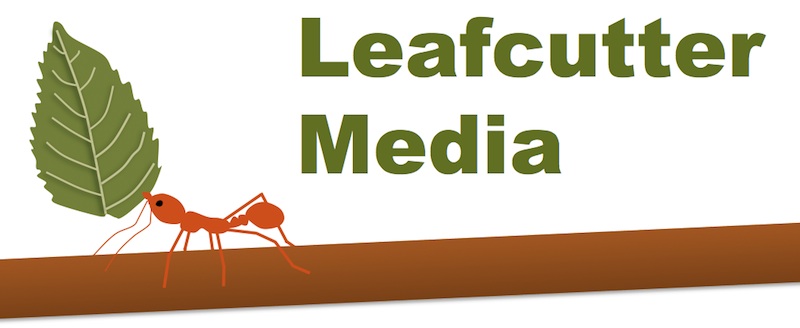
Photo credit: Ed.ward on Flickr
Years ago, as I walked home from work, I saw a dead squirrel on the road; the poor thing had just been run over by a car. Each day as I passed that same spot, I watched as the animal’s decomposing body was reduced to a fur-and-bones pancake and then, at last, a mere stain on the asphalt.
Up until now it never dawned on me to impose my voyeuristic fascination with roadkill on my class. But I just learned that others share my interest, and so I am inspired to try. The catalyst was a post in a blog called NCBI ROFL. (This blog’s authors call attention to real articles from PubMed that they find amusing, and then they paste in the abstract along with the occasional comment. Check out the NCBI ROFL archives for a complete list of selections.) The post that grabbed my interest asked How Long Does Roadkill Linger on the Pavement? It highlights a paper published by Sara M. Santos, Filipe Carvalho, and Antonio Mira in PLoS One in 2011.
As everyone knows, cars run over lots of wild animals. But how many animals die per unit time? In general, researchers estimate the mortality rate by counting carcasses, but this seemingly straightforward method is surprisingly complicated. After all, thanks to scavengers and decomposers, carcasses eventually disappear. So how accurate are estimates of roadkill mortality? There’s only one way to find out: frequent body counts. In the PLoS One study, researchers tallied road-killed vertebrates every day for a year along four stretches of road with differing traffic volumes.
If I were to use this research in class, I would begin by asking students these questions: What kinds of animals have they either hit with their car or seen flattened on the pavement? What other kinds of animals might get hit by cars but go unnoticed? How might they design a study to determine how many animals are hit by cars in a year?
Students will probably think of counting animals that get squashed, but most probably won’t account for carcass disappearance. Once you point out this limitation, the project becomes much more challenging. Now students will have to brainstorm the reasons carcasses might disappear and speculate on how those rates might differ among animals of different taxonomic groups. Then you can provide the axes from the study’s graphs: the X axis shows time from 0 to 15 days, and the Y axis shows the probability of carcass persistence. You can ask students to draw how the graphs should look for lizards, small birds, turtles, and carnivores. (Figure 2 from the paper shows the answer for 13 taxonomic groups: toads, salamanders, turtles, lizards, snakes, small birds, large birds [excluding birds of prey], birds of prey, small mammals, hedgehogs, lagomorphs, bats, and carnivores.) I would follow up with a brief brainstorming session in which students try to think of as many different professions as possible in which these results might be useful.
I like this idea because everyone knows about roadkill but few people think about it as a topic of scientific study. More importantly, this activity connects ecology, human impacts on the environment, predictions, real data, and graphs. What do you think? What else can we do with a study like this?


Marielle, fun post. I remember an early fascination with road kill spring 40 years ago in my intro entomology course. I collected several fresh roadside carcasses, moved them onto some soft soil and visited them daily to collect the beetles and other charismatic insects that visited.
I heard about another ‘cutting edge’ approach to carcasses from a prof here on campus. He is swabbing road kill to collect new bacteria and isolate new natural products. He is finding new kinds of chemical structures no one has seen before.
When students see that there is new knowledge and new ideas they can derive from simple every day parts of their existence, that is very good.
These are some great ideas Marielle – thanks. I also thought about asking students which animals they think are more or less likely to be hit by cars and how this might affect the accuracy of an animal diversity census based on roadkill.